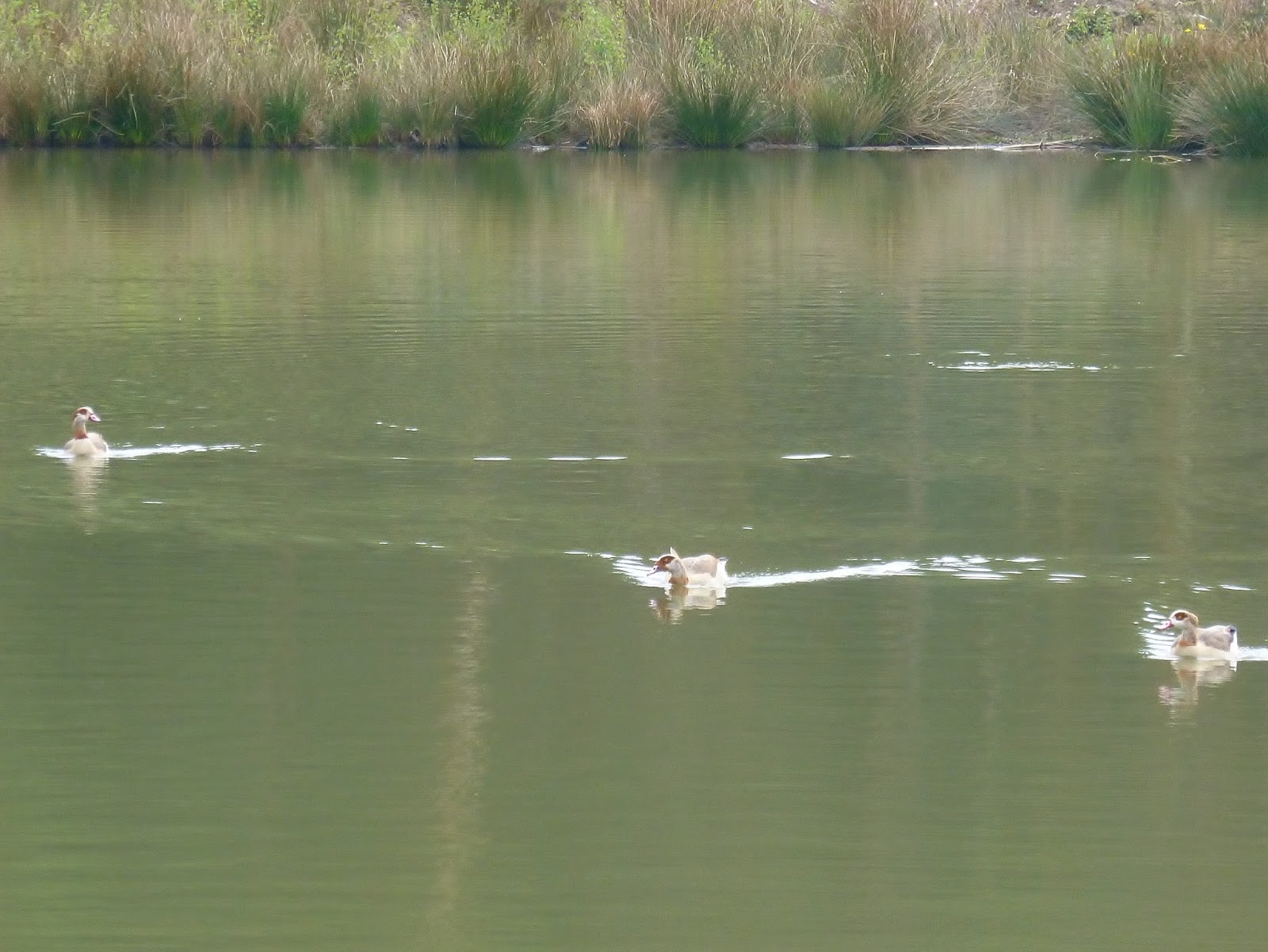Spontaneous trips are my favourite kind of trip. I could do with a bit more spontaneity in my life. Yesterday, myself and a friend broke from the norm of a coffee in town and took ourselves to Tilgate Park in Crawley. The weather was on our side and seemed to support our visit as it ignored the chilly, overcast predictions and gave us some hazy sunshine and only a few gusts of cold wind.
I used to visit Tilgate Park a lot when I was a child. I have many happy memories of legging it around the playground, and stroking the pigs and rabbits in the animal centre. A lot of improvements and developments have been made to the park since my childhood and I'm constantly impressed by the amount of work that has been done, particularly in the recently-dubbed Nature Centre. It used to be free to enter this area of the park, where visitors were treated to sights of typical farmyard animals as well as free-roaming peacocks and a few cheeky squirrels. There is now a small entry fee of £2 for an adult which in my book is extremely reasonable considering what there is to see now. It's come on a long way since the 90s.
Egyptian Geese
Male Ferruginous Ducks
My personal favourite area of the centre is the wildfowl pond. It has a long, wooden walkway with a gazebo viewing platform and is a great place for me to improve my knowledge of duck and goose species. I was able to name a few yesterday, like the Tufted Duck and Barnacle Geese, but my knowledge has a fair way to go yet! I had to look up the Red-Crested Pochard when I got home.
Male Tufted Duck
Female R-C Pochard
Barnacle Geese
While we were looking at the Barnacle Geese, my friend asked me why they were standing on one leg. I've never really considered this but my response was that it had something to do with preserving energy and when I looked it up in further detail, I found I wasn't actually far off the right answer. Birds lose heat from their legs more than anywhere else on the body as they do not have the protection of feathers. Standing on one leg actually reduces heat loss from "unfeathered limbs" so all the while they only have one leg exposed, they are preserving heat in the other, until they swap over.
African Grey Hornbill
White-Naped Crane
One of my favourite owls is the Burrowing Owl and they have a pair at Tilgate. I believe this was the female as she was slightly larger than the other owl but what I did notice was that the top section of her beak seemed to be malformed. I didn't notice it the last time I visited, although that's not to say it wasn't in the same state then, I just wondered whether she might have broken it off, either fighting with the other owl or perhaps cracked it on a rock?
Burrowing Owl
Both the meerkats and the yellow mongoose had pups in their enclosures, the meerpups were born on March 14th. There was a lot of digging going on in both camps so they are obviously well into the swing of learning and honing new skills.
Adult Yellow Mongoose
Personally, I always find it a joy to see a Great-Crested Grebe, wherever I am. They are such sleek, elegant birds, with fantastic head plumage. This one seemed to be alone which is a shame as spotting a G-C Grebe is second only to witnessing the pair's courtship dance. I imagine that a second grebe was likely hiding among the reed beds.
I was actually surprised that we didn't spot any ducklings or chicks. There were plenty of coots, moorhens and mallards swimming around but no sign of any hatchlings. Later in the afternoon, as we made our way back to the car, I spotted a buzzard lazily circling above us, only just visible through squinted eyes as the sky was still thick with hazy cloud, the sun pushing through the breaks.







































